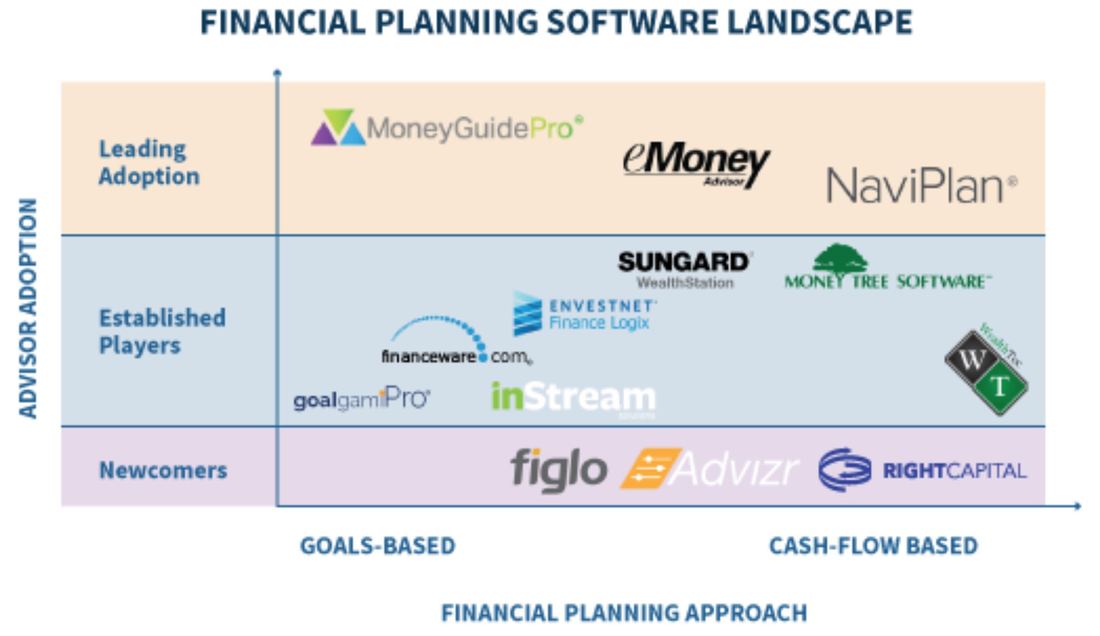A. With the big changes happening in the new federal tax law, ranging from elimination or capping of certain deductions to a higher standard deduction and new tax rates, you could use the new calculator at the IRS site to figure out if you should adjust your withholding or not.
If you do, submit a new IRS form W-4 and/or make estimated tax payments using Form 1040-ES.


 RSS Feed
RSS Feed
